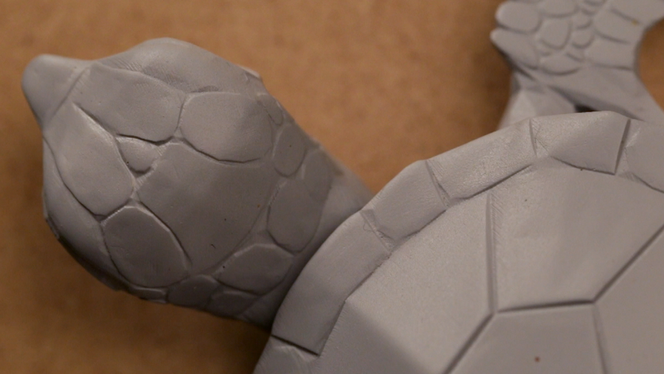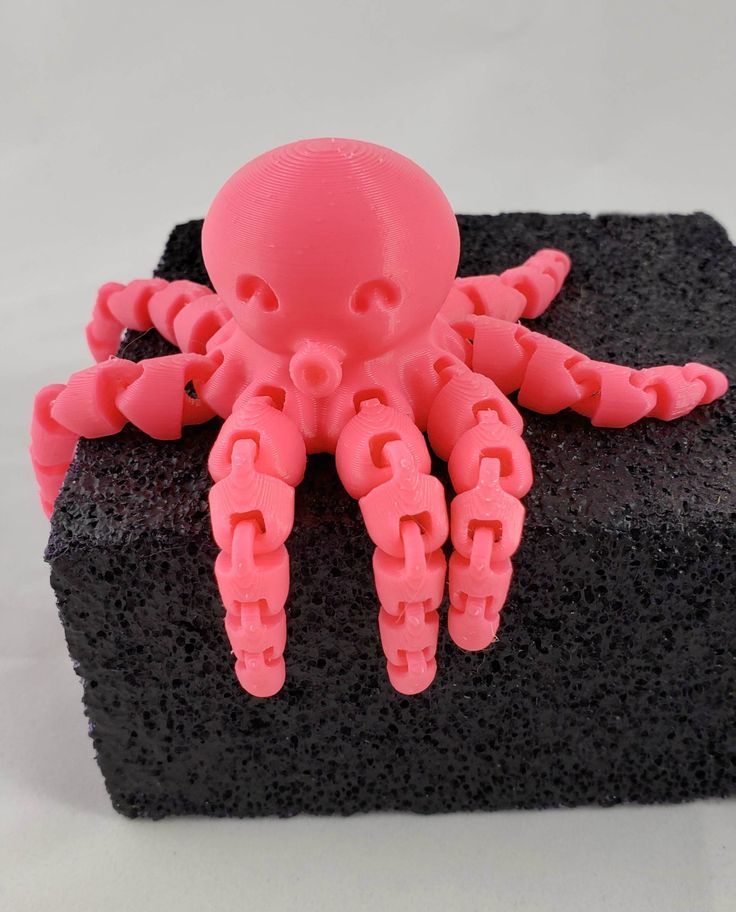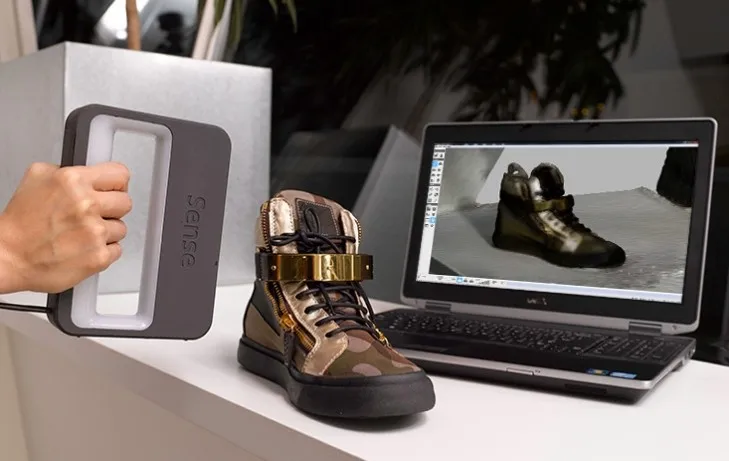Sardauscan 3d scanner
Sardauscan 30$ DIY 3D Scanner
Sardauscan is an open source diy 3D scanner you can build for approximately 30 USD. It can be a low cost entry into the field of 3D scanning.
3D scanning is a very important tool in any ones arsenal since it can extend your making abilities. You will be able to work with objects that are not in any repository like Thingiverse or that are not custom designed by you. What you can scan you can make.
You’ll need some basic knowledge of electronics to make a Sardauscan but the construction guide is very detailed so you shouldn’t have any problems.
Sardauscan 3D laser scanner. On the left you see the rotating platform with the scanned object and the webcam with lasers on the right.So how does it work? Well the basics of a 3D laser scanner are simple and described in the project documentation as follows:
- A picture of the object is taken without any lasers firing
- One laser is switched on and another picture is taken
- Computing the difference between the two images, a laser trace (profile of the object) is obtained
- By knowing the positions of the camera and laser you can derive the 3D coordinates of all the points on the profile
- You do the same for all the lasers, turn the table and repeat the process until the table has made a full revolution
- And there you go, you have a complete point cloud representing your object.
Here is a video of the Sardauscan scanning a small figure:
All the files needed to build it by yourself with the instructions can be found at:
http://www.thingiverse.com/thing:702470
The software to run it (still under development) can be found at:
https://github.com/Sardau/Sardauscan
Detailed building guide can be found on the Instructables:
http://www.instructables.com/id/Build-a-30-laser/
Here is the summarised Bill Of Materials with estimated prices that may vary depending on the source:
- Bunch of M3 (16 and 20 mm)
- Bunch of M4 (12 ans 20 mm)
- 1x Chinese Arduino Nano (Chinese copy, $4)
- 1x Chinese Stepper Motor and controller ($5)
- 1-4x Line laser ($2.
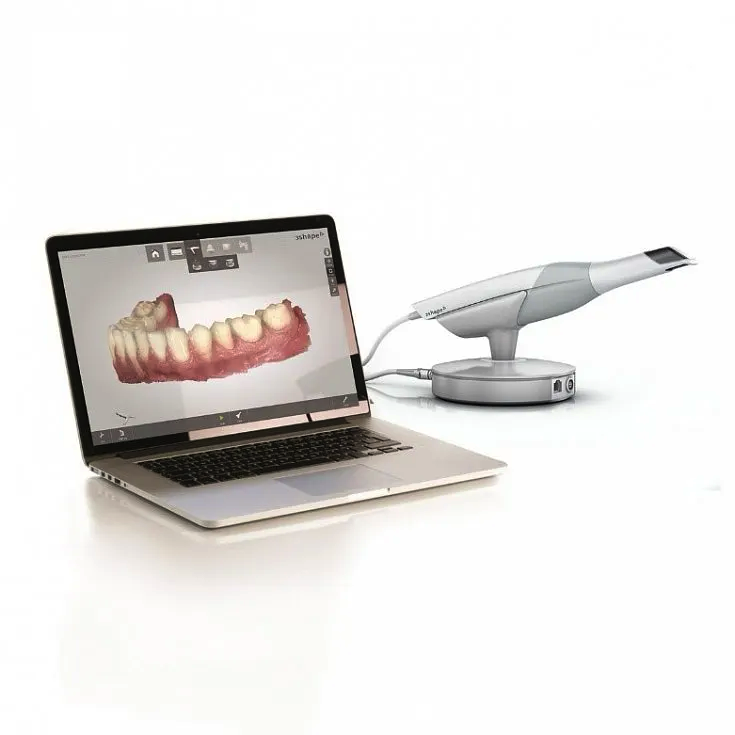 5 piece)
5 piece) - 1x Hercules HD twist webcam ($15)
- 20×20 profile which can be printed: for example http://www.thingiverse.com/thing:280318
- Optional 3x 4mm roller ($0.3 piece)
- Total estimated price: $26.5 (1 laser) to $35 (4 lasers)
Sardauscan is developed by Fabio Ferretti. Please keep in mind that this project is still in development and you will not be able to get the same professional grade results obtained by high end much more expensive industrial 3D scanners. You should view it as learning and hacking project.
In the near future we’ll see more and more 3d printer / scanner hybrids just like the paper printer and document scanner on your desk.
Sardauscan, the Sub-$30 DIY 3D Scanner - Open Source 3D Printable Files Released - 3DPrint.com
The sooner that affordable 3D scanners are made available, the sooner the consumer side of the 3D printing market will expand. You see, currently the majority of us lack the 3D modeling skills and capabilities to design our own models for printing.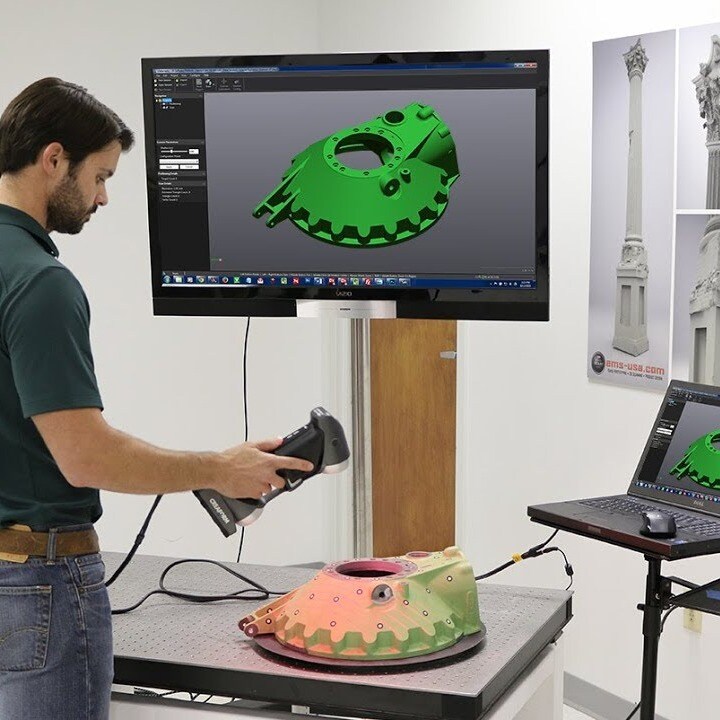 We generally rely on 3D model repositories such as Thingiverse, 3DSha.re, and MyMiniFactory to come up with items to print. Although there are literally hundreds of thousands of models available, many of them free, there still is something missing from the overall 3D printing ecosystem.
We generally rely on 3D model repositories such as Thingiverse, 3DSha.re, and MyMiniFactory to come up with items to print. Although there are literally hundreds of thousands of models available, many of them free, there still is something missing from the overall 3D printing ecosystem.
The ability for almost anyone to copy an item on one’s desk could have major implications on the economy in general, but most of all on the 3D printing and design spaces. Although this is already possible via 3D scanners, just like we’ve seen with 3D printers, prices for scanners have started out quite high.
Over the last three to four years we have seen 3D printer prices drop by an order of magnitude, if not more. This has enabled pretty much anyone who can afford a smartphone to afford one of these amazing machines for about the same price. 3D scanning technology may be a few years behind in terms of price drops, but significant declines in prices have already begun. Scanners are already available for under $1,000, allowing for adoption by a greater number of individuals. One man, however, may have just taken affordability up several notches.
One man, however, may have just taken affordability up several notches.
A 3D Scan Sample
A designer from Graty, Belgium named Fabio Ferretti has recently designed and posted the schematics for a 3D printable, open source 3D scanner which has a cost of under $30. Yes, I said under $30!
Called the Sardauscan, the files for this device, which also include a list of parts one must purchase, have been uploaded to Thingiverse for anyone to download and 3D print out. Ferretti’s design has 13 separate 3D printable files, and will require the following easy-to-find non-printed components (Ferretti used and linked to the most affordable ones he could find):
- M3 Screws (16 and 20 mm)
- M4 Screws (12 ans 20 mm)
- Chinese Arduino nano ($4)
- Chinese stepper motor and controller ($5)
- 1 to 4 line lasers ($2.5 piece)
- Hercule HD twist ($15)
- 20 x 20 profile (can be printed or purchased)
Based on the above, components needed will run between $26.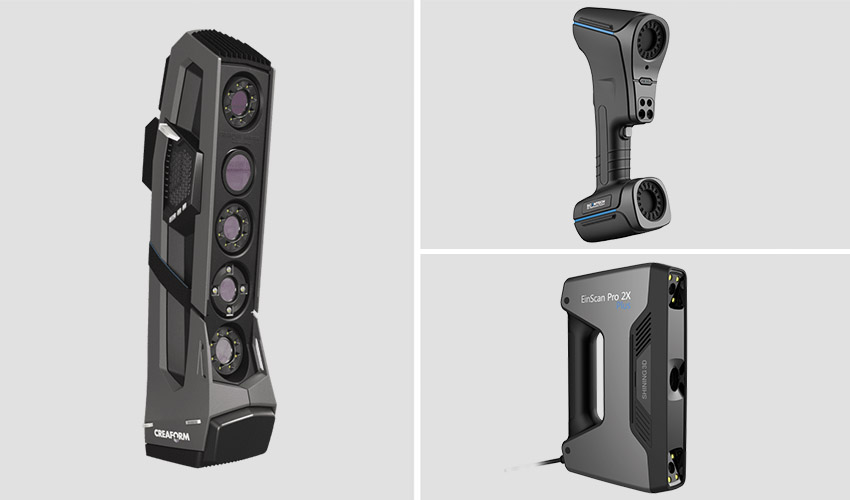 50 and $35 depending on the number of line lasers used. The more lasers added, the better the resolution of the scan will be, but also the tougher it will be to calibrate each laser.
50 and $35 depending on the number of line lasers used. The more lasers added, the better the resolution of the scan will be, but also the tougher it will be to calibrate each laser.
Ferretti is still in the process of developing Arduino firmware and an application for the scanner, which is inspired by FreeLSS. Currently he has uploaded an alpha version of the firmware to GitHub, but has a lot of work left to do.
This design certainly enables almost anyone with a few skills to print and assemble their own 3D scanner with minimal costs. Now it’s just a matter of time before a company takes this open source design and begins mass producing it for a slightly higher price. Let us know if you have printed out and assembled this incredibly affordable 3D scanner. Share some scans with us in the Sardauscan 3D Scanner forum thread on 3DPB.com.
Stay up-to-date on all the latest news from the 3D printing industry and receive information and offers from third party vendors.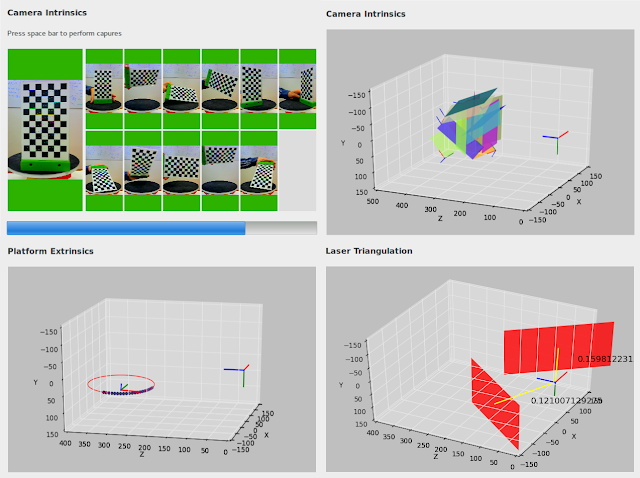
Tagged with: affordable 3d scanner • belgium • build a 3d scanner • cheap 3d scanner • diy 3d scanner • github • open source • print a 3d scanner • Sardauscan • thingiverse
Please enable JavaScript to view the comments powered by Disqus.
(There is a solution) Open source 3D scanning
3d-design scanning open-source
I'm trying to make a 3D structured light scanner using one camera, a light projector and a turntable.
After a few days of googling, I didn't find any solid open source projects that I could get to work. SLStudio did seem like a good choice, but it didn't compile properly.
I was wondering if anyone knows of a good open source code that they used with the same setup? Any help would be greatly appreciated. I'm blocked here. nine0003
@Hamza Tasneem, iry
Discussion
7 answers
Best answer:
▲ 0
I have several truly useful resources, but I got rid of the structured light approach due to the smaller ones due resources.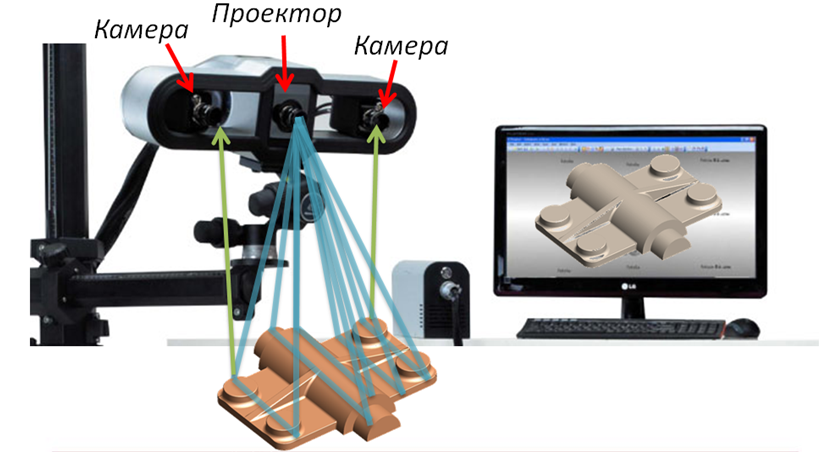
For this purpose I used VisualSFM(.exe) , VisualSFM(source) with turntable and got pretty neat results. Works well and is easy to use.
, @ Hamza Tasneem
▲ 1
Try Brown University School of Engineering: Projector and Camera Calibration / 3D Scanning Software.
I haven't tried it myself, but take a look.
, @ NccWarp9
▲ 1
This is not structured light. A laser is used for this:
https://hci.rwth-aachen.de/fabscan
But this is completely open source software / open source hardware. nine0003
See also here:
https://www.thingiverse.com/thing:14198
https://www.youtube.com/watch?v=hBueeqDJ6rQ
. @ Lars Pötter
@ Lars Pötter
▲ 2
I was also looking for some free or paid 3D scanning software and the closest I found to something that could work is http://wedidstuff. heavyimage.com/index.php/2013/07/12/open-source-photogrammetry-workflow/ But it is not a light structure (does not use a projector)
If you want to stick with structured light I would suggest looking into OpenCV (http://docs.opencv.org/trunk/d1/d90/group__structured__light.html#gsc.tab=0) looks like you could do something about it.
, @ user802599
▲ 12
I've only found one 3d scanner that uses structured light. There are many projects using a laser diode. And these systems are completely open source. nine0003
3D Structured Light Scanning by kylemcdonald
- http://www.instructables.com/id/Structured-Light-3D-Scanning/?ALLSTEPS
Sardauskan
- http://www.
 instructables.com/id/Build-a-30-laser/?ALLSTEPS
instructables.com/id/Build-a-30-laser/?ALLSTEPS - https://github.com/Sardau/Sardauscan
- http://www.thingiverse.com/thing:702470
ATLAS 3D Scanner
- http://www.freelss.org
- http://www.thingiverse.com/thing:1280901
- https://www.kickstarter.com/projects/1545315380/atlas-3d-the-3d-scanner-you-print-and-build-yourse/posts/1475722
Ciclop
- http://diwo.bq.com/en/tag/ciclop/
- https://github.com/bqlabs/ciclop
3D(ollar) scanner
- https://hackaday.io/project/2021-3dollar-scanner
- http://www.instructables.com/id/Lets-cook-3D-scanner-based-on-Arduino-and-Proces/?ALLSTEPS
"Super Do Anything" Tutorial on How to Make a Simple 3D Scanner
- https://www.youtube.com/watch?v=-qeD2__yK4c
- http://www.thingiverse.com/thing:1413891
- http://diy3dprinting.blogspot.de/2016/04/super-make-something-tutorial-on-how-to.
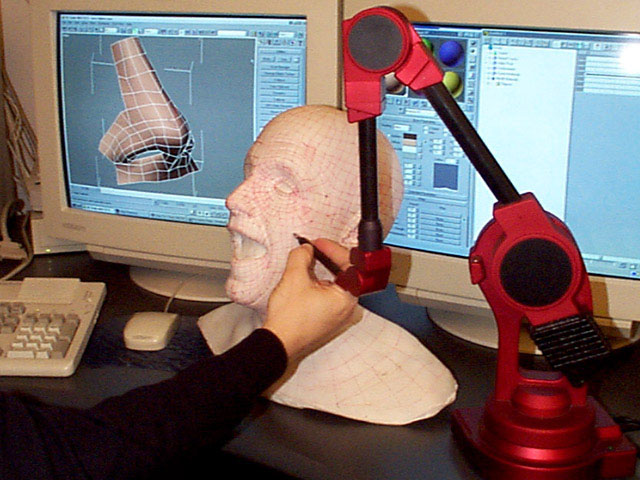 html
html
$15 3D scanner consists of a milk bath and a smartphone
An interesting idea of using milk and a phone.
- http://www.instructables.com/id/GotMesh-the-Most-Cheap-and-Simplistic-3D-Scanner/
- http://www.3ders.org/articles/20160423-this-3d-scanner-consists-of-a-tub-of-milk-and-a-smartphone.html
, @ amra
▲ -2
BQ Ciclop 3D Scanner
- Scan volume: Over 5 cm x 5 cm and under 20 cm x 20 cm
- Scanning accuracy: 0.5 mm
All necessary parts for the Ciclop are included in this DIY kit, which comes unassembled. nine0003
This Ciclop 3D Scanner Parts List:
- 1 x Plastic Parts( 1 set with 11 pcs)
- 1 x Arduino Uno R3 with USB cable
- 1 x ZUM Scan Shield
- 1 x Stepper driver A4988
- 1 x C270 HD camera
- 1 x Nema17 stepper motor
- 2 x Laser
- 1 x Power adapter
- 1 x 16014 ball bearing
- 1 x threaded rod M8 (9 pcs)
- 2 x Acrylic panel nine0089 1 x 8 mm spiral wrapping tape
- 1 x Set of screws and nuts
, @ Shawn Maker
▲ 2
You can use the Xbox 360 Kinect Sensor OR the Xbox One Kinect Sensor.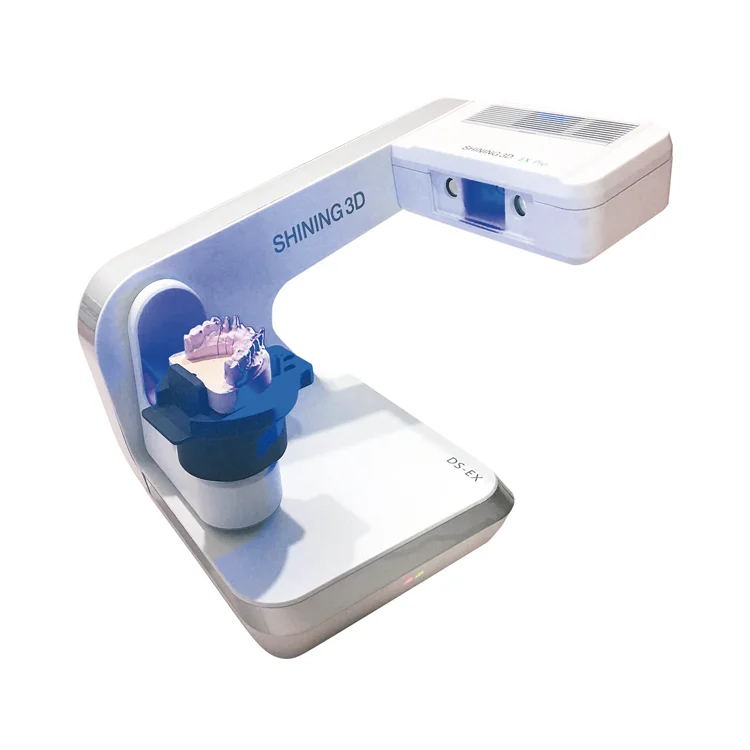 This sensor allows you to get a real 3D surface using the SDK. You can connect these devices directly to your computer using USB (I have one).
This sensor allows you to get a real 3D surface using the SDK. You can connect these devices directly to your computer using USB (I have one).
Even the Xbox One model has an example in its SDK that allows you to export the captured mesh as STL files. nine0003
, @ Jairo Andres Velasco Romero
Top Ten 3D Scanners Between $100 and $100,000 There are several ways for you: you can of course create your 3D model from scratch in a 3D modeling program or find a suitable one on the Internet, but you can also scan an existing object! The purpose of this review is to help you understand the variety of 3D scanners available and offer the best in every price segment from a photogrammetric smartphone app to professional 3D scanners. nine0003
Scanners are listed in ascending price order so you can choose the one that suits your budget and use the resulting 3D models for both 3D printing and animation.
If you are not satisfied with the proposed solutions, there is an extended overview at this link.
3D scanner in hand:
1. Best smartphone app: Autodesk 123D Catch (free)
Autodesk 123D Catch is a free photogrammetric application. It allows you to create a 3D model from photographs of an object taken from different angles. You can use it to scan objects, people, and even the landscape. For some applications, if you don't need perfect accuracy, you don't need special equipment. This application actually provides quite good detail and is easy to use. However, it will take you at least 30 minutes for the app to process your photos as the processing takes place on the server and it takes time to send them. nine0003
2. Best DIY 3D Scanner: Kinect ($99.99)
The Xbox Kinect is designed to expand your gaming experience. It is not designed for 3D scanning, but you can easily find manuals and third party software (like ReconstructMe) to turn it into a 3D scanner.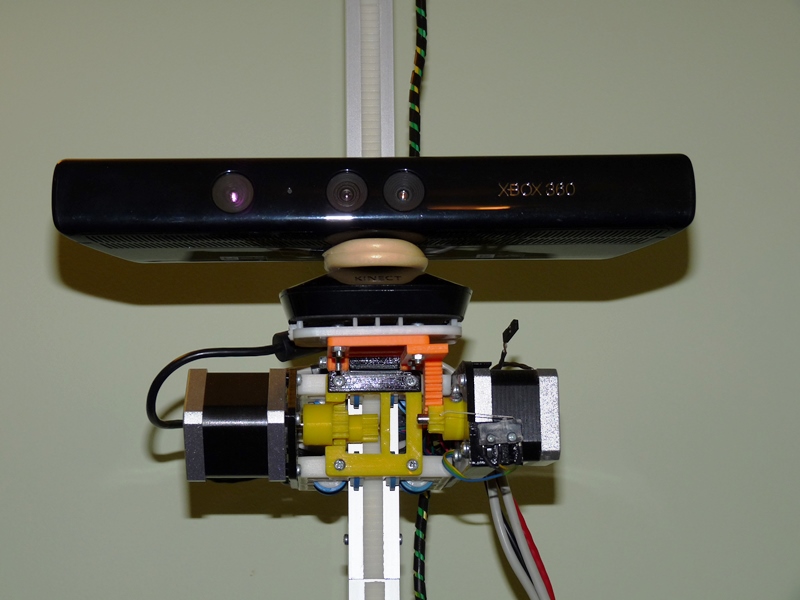 If your arms are growing out of your shoulders, this is an interesting and inexpensive solution for 3D scanning.
If your arms are growing out of your shoulders, this is an interesting and inexpensive solution for 3D scanning.
Price: $99.99
Resolution: 0.051 mm
)
This scanner can be attached to your tablet or phone (generally designed for iPad, but can be adapted to other devices). Lightweight and easy to use, with a very good resolution. Suitable for large items (can scan a full-length person) and outdoor scanning. You will be able to use it with software running on Occipital's SDK. This will increase the resolution and give you access to special features like room scanning. It probably won't be something you'll use for 3D printing, but it's interesting for game development, for example. nine0003
Price: $ 379
Resolution up to: 0.5 mm
Accuracy to: 4 mm
4. The best of cheap manual 3D scanners: Cubify ($ 399)
3D-SKANERS CANTER quite affordable and easy to use if you choose from inexpensive portable models.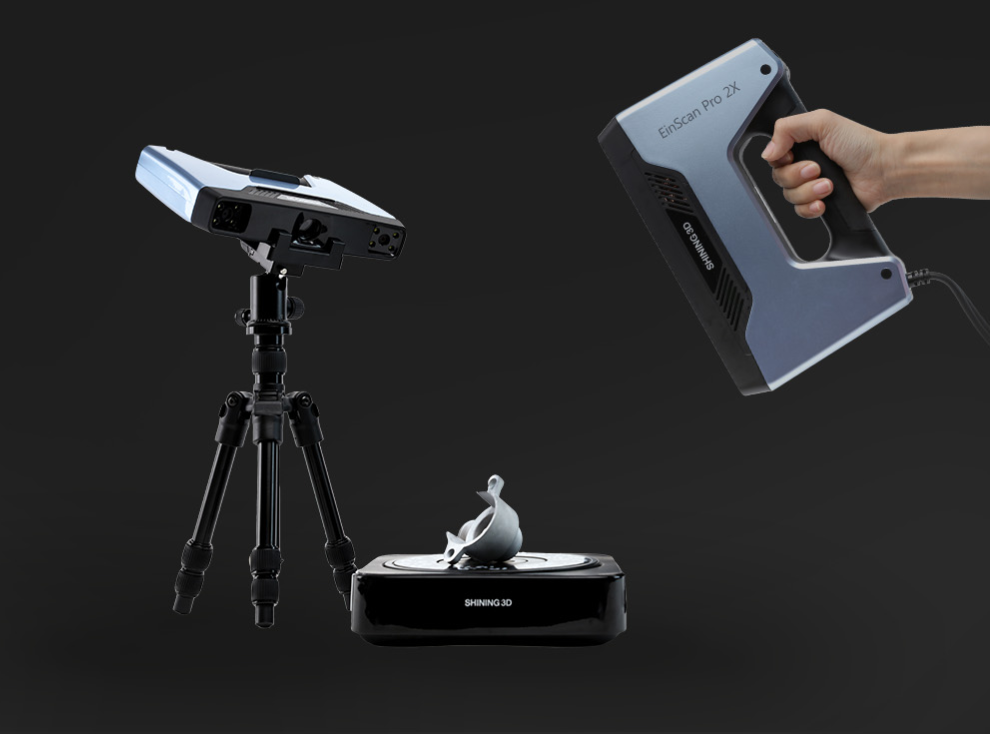 Cubify fits these criteria very well and has a relatively good resolution. But still, its capabilities are not enough for texture scanning and it is better to use it for subsequent 3D printing of one-color models. nine0003
Cubify fits these criteria very well and has a relatively good resolution. But still, its capabilities are not enough for texture scanning and it is better to use it for subsequent 3D printing of one-color models. nine0003
Price: $ 399
Resolution: 0.9 mm
Resolution at a distance of 0.5 m: 1 mm
3D-scanner on the table:
5. The best and cheapest table 3D 3D- Scanner: Matter and Form ($519)
If you're looking to take your quality to the next level, you can purchase a desktop 3D scanner. This model is compact, easy to use, and delivers good resolution, especially considering the price (not your go-to option if you're looking for perfection, but great for educational and demo purposes). The scanning process takes place with the help of a laser and a rotating platform. The scan takes about five minutes and simultaneously reads the texture of the object. nine0003
Price: $ 519
Resolution: 0. 43 mm
43 mm
accuracy: ± 0.25 mm
6. The best device "two in one": XYZPRINTING DA VINCI 1.0 ($ 600) 9000 ($ 600) 9000 ($ 600) combines a 3D scanner and a 3D printer. The quality of the models is not too high, but the price is very low for such a combined device. This makes the XYZprinting Da Vinci the easiest solution for beginners who want to get into the world of 3D scanning-printing. nine0003 7. Best value for money handheld 3D scanner: Fuel3D Scanify ($1490) Price: $ 1490 8. Best price The scanner uses a different scanning technology than others. Instead of a dual laser scanning system, it uses a structured light source and cameras for fast scanning with very fine detail down to 0.06mm! The scanner comes with DAVID Pro Edition 3 software that works with OBJ, STL and PLY 3D file formats that can be exported to other programs for further editing. nine0003 Price: $ 3995 9. Best professional 3D scanner: SolutionIX REXCAN 4 ($ 79 900) The 3D scanner and its price provides much better scanning quality. Solutionix Rexcan is equipped with two cameras for greater accuracy. It uses optical phase shift triangulation technology and two high-resolution CCD cameras to provide high-precision data. The scanner can be used to scan larger objects by increasing productivity with a photogrammetric system.
Professional 3D scanners:
Very easy to use, intuitive, and feels good in the hand, this scanner delivers good accuracy and texture quality. The only limitation is that the size of the scanned area is limited, which is great for small objects, but for scanning a full-length person, for example, it will not work. nine0003
Resolution: 0.35 mm
accuracy: to 0. 3 mm
3 mm
Resolution: 0.06 mm
accuracy: 0.5% of the size of the object 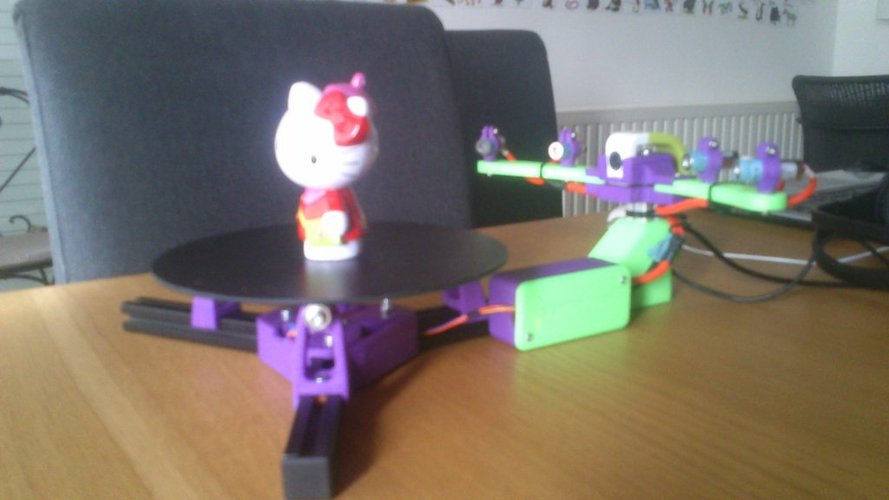
Learn more


